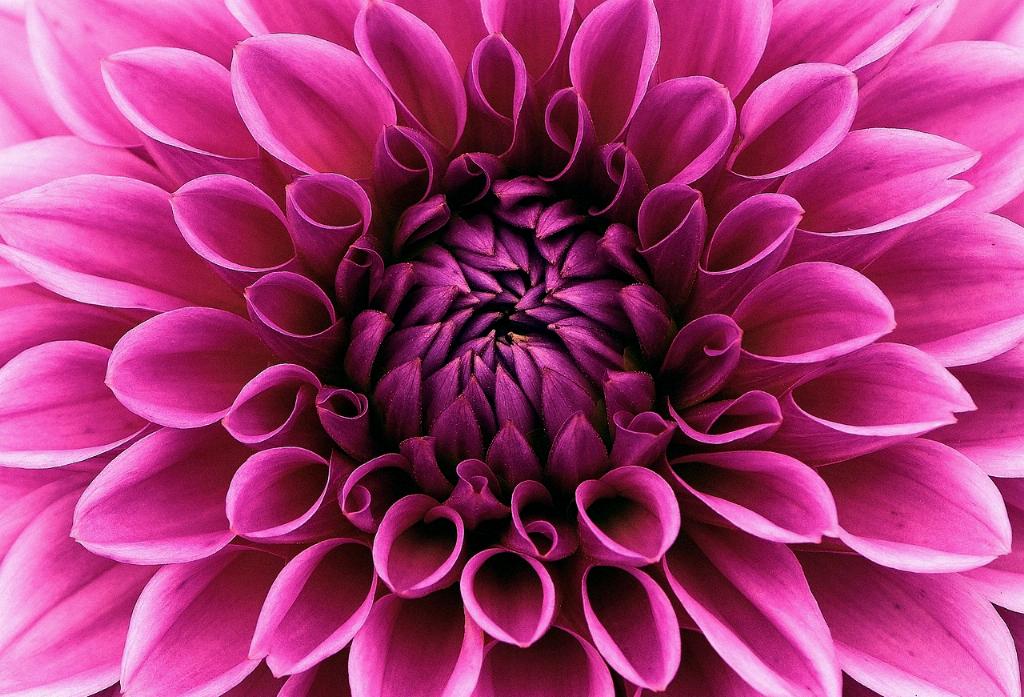There are several reasons why your Dahlias may be wilting, and it’s essential to identify the root cause to address the issue effectively.
Overwatering
One common reason for Dahlias wilting is overwatering. Too much water can lead to root rot, causing the tubers to decay and the plant to wilt. Ensure that you are not watering your Dahlias excessively and allow the soil to dry out between watering sessions.
Poor Soil Drainage
If your Dahlias are planted in soil with poor drainage, excess water can accumulate around the roots, leading to wilting and other issues. Consider amending the soil with organic matter to improve drainage and prevent waterlogging.
Root Rot
Root rot, often caused by overwatering or poor drainage, can result in wilting leaves and overall plant decline. If you suspect root rot, carefully inspect the tubers and roots for any signs of decay and take necessary measures to address the issue.
Yellowing or Spotty Leaves
In some cases, wilting Dahlias may also exhibit yellowing or spotty leaves. This could be a sign of nutrient deficiencies, disease, or pest infestation. Conduct a thorough examination of the plant to determine the underlying cause and take appropriate action.
Lack of Support
Certain Dahlia varieties with large, heavy blooms may require additional support to prevent them from toppling over. Consider staking the plants to keep them upright and maintain their structural integrity.
Inadequate Sunlight
Dahlias thrive in full sunlight, and insufficient light exposure can impact their overall health and vigor. Ensure that your Dahlias receive at least 6-8 hours of direct sunlight per day to promote optimal growth and prevent wilting.
Temperature Stress
Extreme temperatures, both hot and cold, can stress Dahlias and lead to wilting. Protect your plants from temperature fluctuations, especially during heatwaves or frosty conditions, to prevent undue stress.
Pest Infestation
Pests such as aphids, spider mites, and caterpillars can damage Dahlias and cause wilting. Inspect your plants regularly for any signs of pest infestation and treat them promptly using organic or chemical methods.
Improper Feeding
Providing Dahlias with the right nutrients is crucial for their overall health. Incorrect fertilization or nutrient deficiency can result in wilting and stunted growth. Use a balanced fertilizer and follow recommended feeding schedules to keep your plants healthy.
Underwatering
While overwatering is a common issue, underwatering can also lead to Dahlias wilting. Ensure that your plants receive adequate water, especially during hot and dry periods, to prevent dehydration and wilting.
Disease Outbreak
Dahlias are susceptible to various diseases such as powdery mildew, Botrytis, and bacterial wilt, which can cause wilting and other symptoms. Keep your plants clean, properly spaced, and monitor them regularly for any signs of disease outbreaks.
Conclusion
Identifying the reasons behind your Dahlias wilting is crucial for implementing the right solutions and restoring your plants’ health. By addressing issues such as overwatering, poor drainage, lack of support, and nutrient deficiencies, you can help your Dahlias thrive and flourish in your garden.

